Nikon Z8: What to expect
Nikon's mirrorless successor to the D850 set for 2023 launch
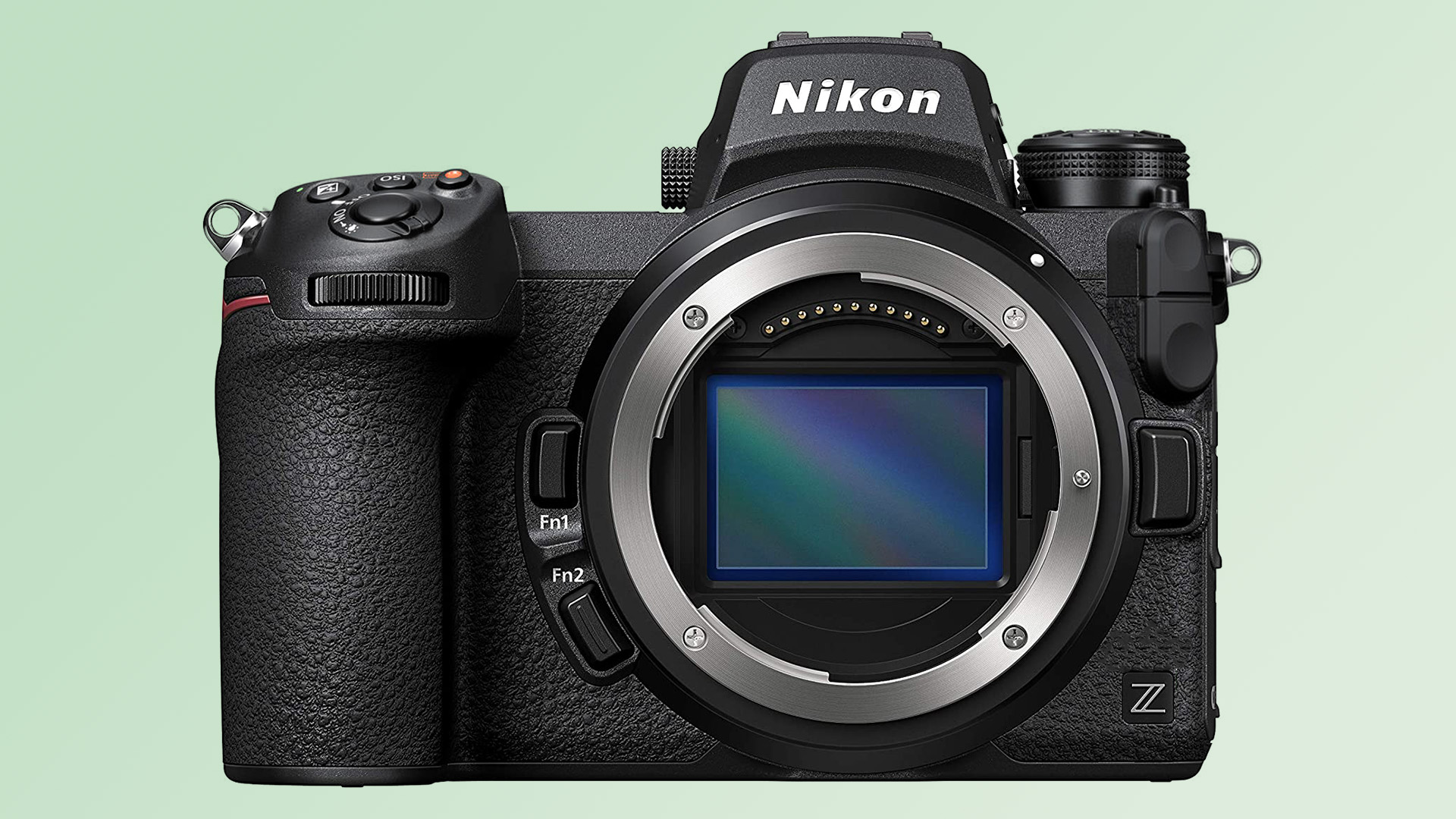
If you’ve given up on seeing the Nikon Z8 - a camera has been discussed for more than two years and tipped to be one of the most exciting professional cameras in 2023 - then hope might just be on the horizon.
While yet to be confirmed, Nikon Rumors suggests the Nikon Z8 is “production ready”. In fact, it could have been on shelves already were it not for components shortages that have held back so many releases over the last couple of years.
However, there are still no official teasers out there online, so we’ve had to get a little creative to offer a preview of what to expect in the Nikon Z8. Below you’ll find our predictions regarding the most exciting features we're likely to see.
Nikon Z8: release date and price
Last year it was suggested the Nikon Z8 would be announced at CES in January. That didn’t happen. The CP+ show in February is another candidate for an announcement. However, Nikon Rumors suggests a March announcement with a release in May set to be the most likely outcome.
It’s expected to be a direct rival to the Sony A7R V, which was announced in October 2022 and costs $3,900 / £4,000 / AU$5,900. That gives you a very rough guide on how much you should expect to pay for a Nikon Z8 — thankfully, it should cost significantly less than the Nikon Z9.
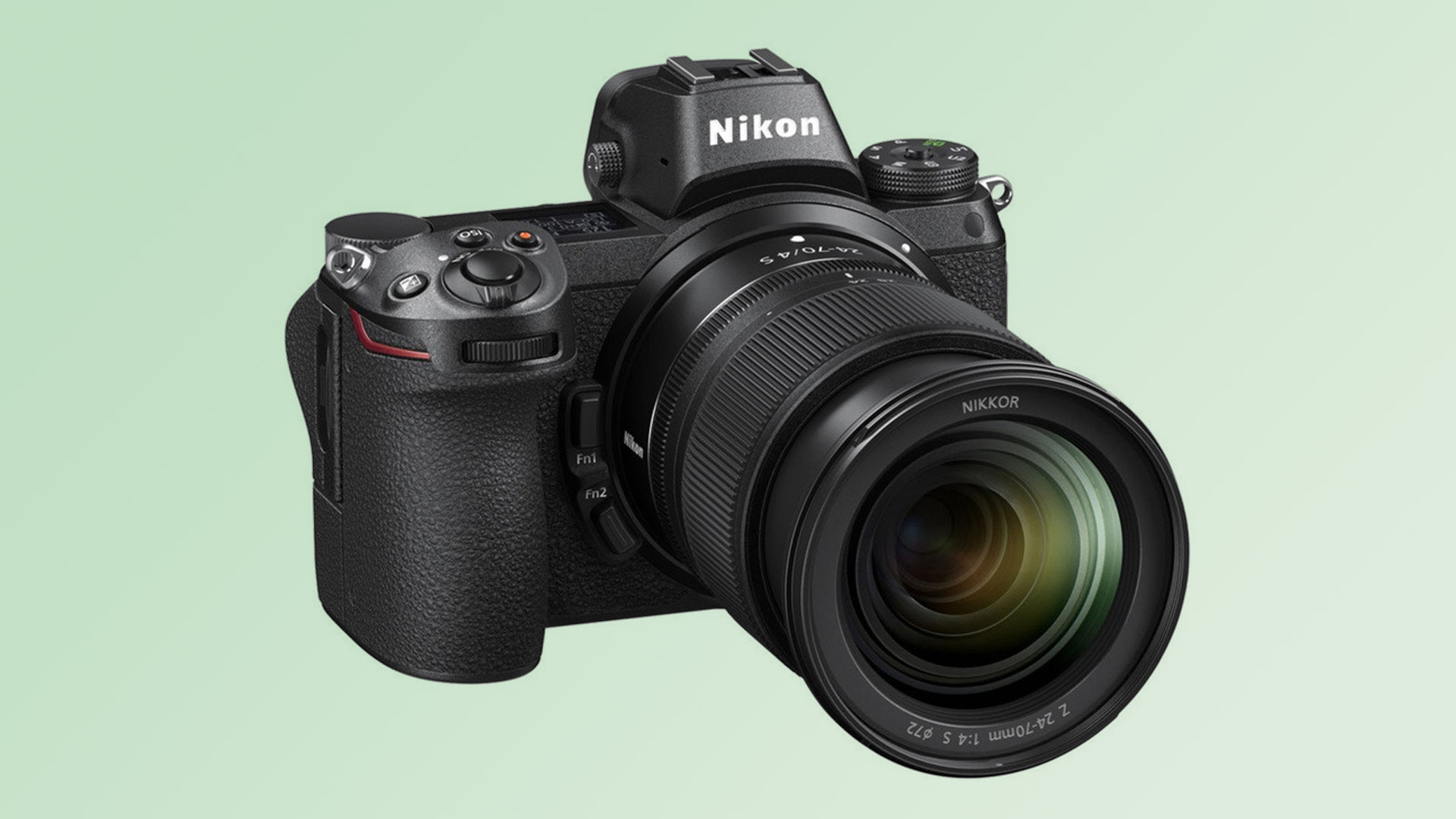
Nikon Z8: design
We are expecting the Nikon Z8 to be the true successor to 2017’s excellent Nikon D850. This means it will be a high performance camera with top-tier capabilities, but won’t have the “pro” style battery grip of the Nikon Z9.
While a vertical grip’s ability to increase battery life and improve handling of huge lenses is unquestioned, a shape like the Nikon Z7 II is more approachable to wider audiences, plus there could be an optional battery grip that unleashes pro-level stamina and form-factor.
Get daily insight, inspiration and deals in your inbox
Sign up for breaking news, reviews, opinion, top tech deals, and more.
The Nikon Z8 will have a full-frame sensor, so its dimensions are likely to be somewhat similar to those of the Nikon Z7 II. And we can expect the same excellent weatherproofing offered in that model.
Mockups of the Nikon Z8 also show a similar control layout to that of existing model’s, although these images are effectively fan creations, not leaks.
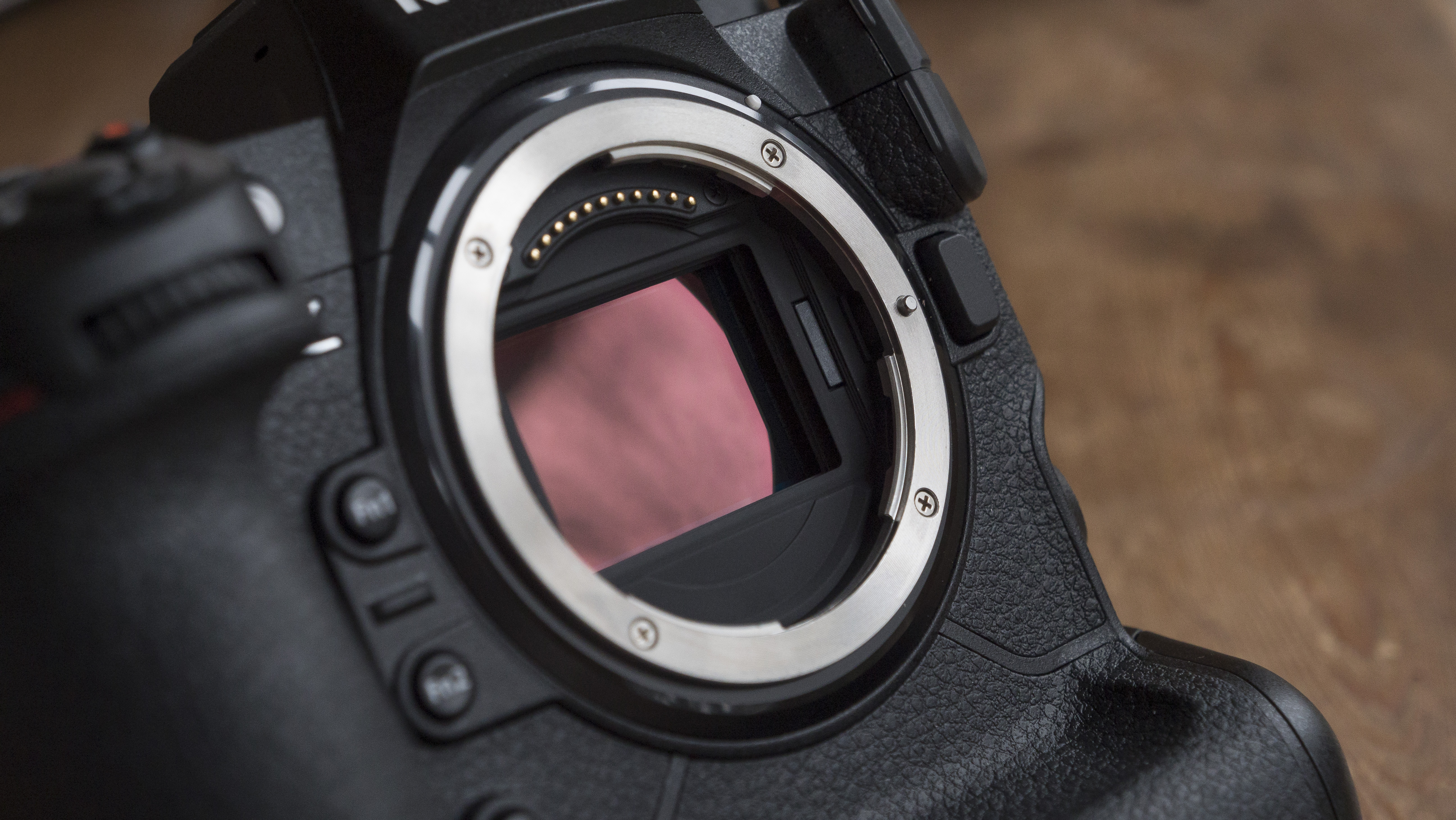
Nikon Z8: sensor
The Nikon Z8 is expected to have a 61.2MP sensor, a much higher pixel count than the 45.7MP Z7 II and Z9, and the company’s highest resolution camera ever.
It’s a less dramatic move when you step back and consider the Sony A7R V has a 61MP sensor, just like the A7R IV before it. Ultra-high resolution chips may be new to Nikon mirrorless full-frame cameras, but not the category in general.
High resolution will be a test for Nikon’s IBIS system when shooting handheld. Nikon claims five stops of stabilization effectiveness for the Nikon Z7 II and six stops for the Nikon Z9. That’s below the 8 stops of some Sony camera, although that figure includes hybrid lens plus in-body stabilization.
Nikon might also develop a pixel shift mode. This is where the IBIS motor tilts the sensor fractionally between multiple exposures, so when they are merged the final result can emulate that of a high-res sensor — a 240MP sensor in Sony’s case. It's at the vanguard of this tech in mirrorless cameras.
However, pixel shift is one of those “nice for the feature list, not always that useful in reality” modes. It’s no use for handheld shooting, and it took five years for Sony to make it more usable with a processing mode that avoids ugly artefacting when objects in the frame move mid-capture.
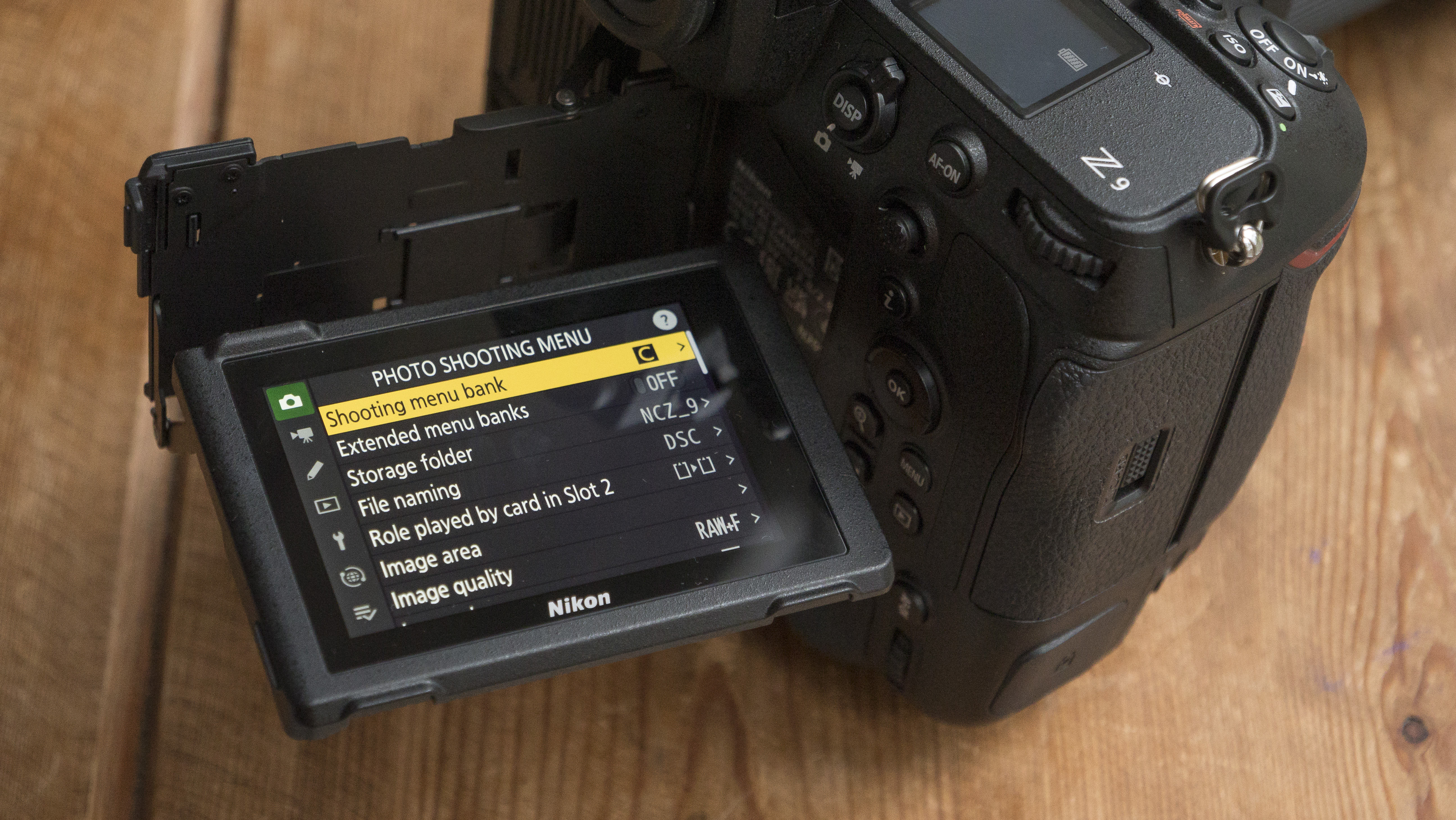
Nikon Z8: screen and EVF
The Nikon Z8 will reportedly use an articulated display on the back, a little different to the tilt screen of the Nikon Z7 II.
One possible outcome is a multi-hinge screen like the Nikon Z9’s. The back panel of that camera’s rear screen folds out and away from the body, to allow for an image preview at highly awkward angles. It takes getting used to, but it works.
Nikon’s flagship Z9 has a super-bright EVF peaking at 3000 nits, but its resolution of 3.69M dots sounds quite low-res next to the 5.76M-dot Sony A7R V and the 9.44M-dot A7S III. In pixel terms 3.69M dots is 1280 x 960, 5.76M dots is 1600 x 1200, 9.44M dots is 2048 x 1536 pixels. Going from the lowest to the highest might be compared to switching from a Full HD TV to a 4K one — a big deal for some, less so for others.
The Nikon Z8 would sit among its peers more comfortably with a 5.76M dot EVF. But can it realistically offer higher core specs than the Nikon Z9, which isn’t due to be replaced just yet? That is one to watch out for.

Nikon Z8: video
Video capture is an opportunity for Nikon to pull ahead of some of its rivals, but again there’s a question of how close the Nikon Z8 will be allowed to get to the Z9.
Nikon’s flagship mirrorless camera is mind-blowing in this regard. The Nikon Z9 can shoot 12-bit 8.3K video at 60fps, internally, using a proprietary RAW format. And there’s no crop involved.
This is possible because no oversampling is required. Max video resolution involves 38 megapixels of data per frame, and that is the full resolution of the sensor minus the top and bottom sections, which are left out when shooting in widescreen.
The Nikon Z8, with a rumored 61.2-megapixel sensor, would be a different story altogether. To shoot without processor-intensive oversampling will involve a crop of around 1.24x, as seen in the Sony A7R V.
Full-frame 8K at 60fps isn’t going to happen here. Cropped 8K may well do so. The question is whether Nikon could still beat Sony by keeping 8K 60p shooting. This is offered in the Canon EOS R5 C, although to shoot at 60fps with that camera you have to use an external power supply rather than the camera’s own battery.
The EOS R5 C, the Sony A7R V and Nikon Z7 II all have batteries with capacity of around 16Wh. At the very least, battery stamina is going to be an issue in such a high-end mode. Still, the Nikon Z9 proves the Expeed 7 processor has the chops to handle 8K at 60 frames per second.
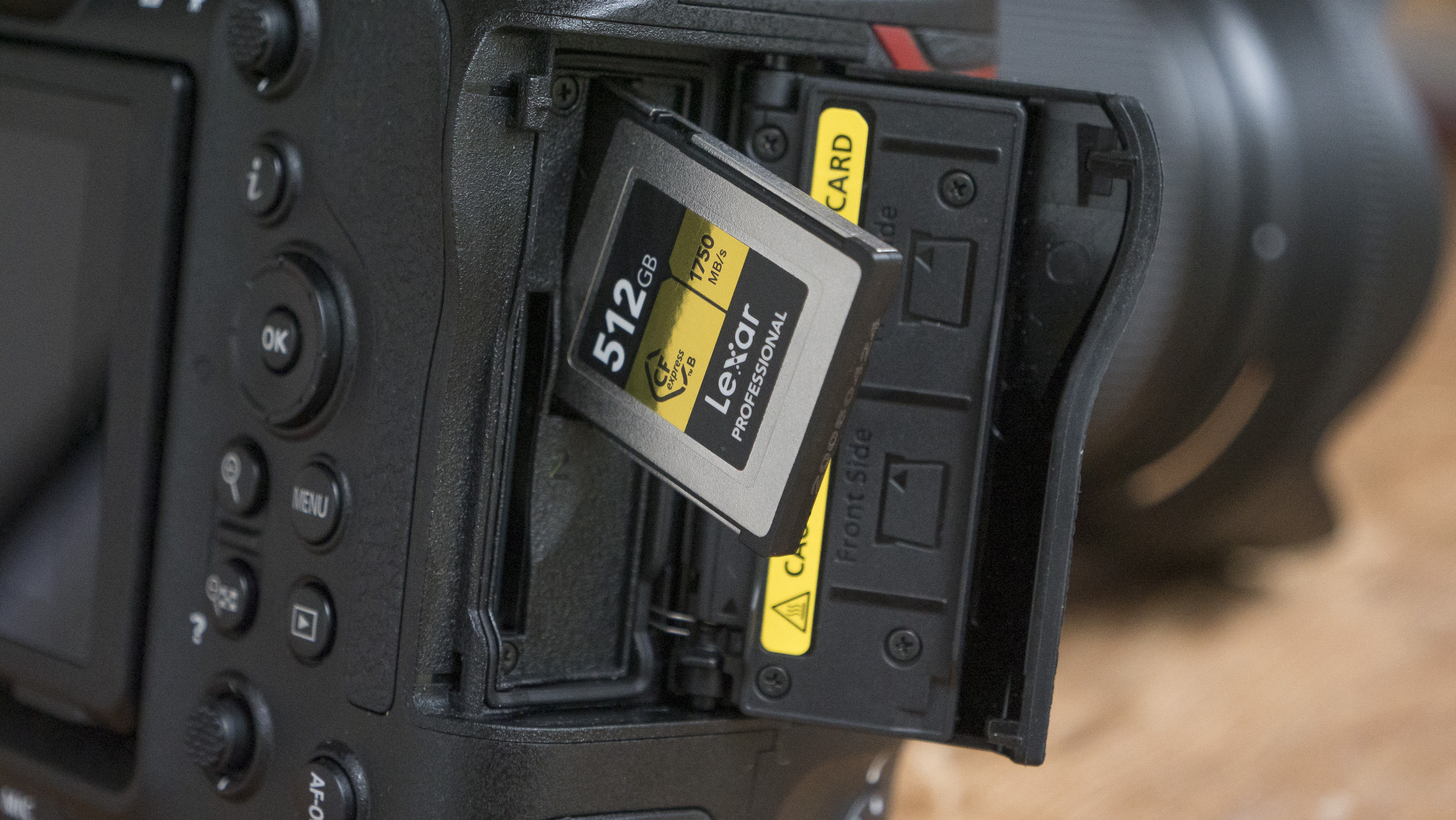
Nikon Z8: memory card support
There’s speculation that the Nikon Z8 will switch to using dual CFExpress Type-B cards - these are larger and faster than the Type-A style favored by Sony - marking it out as a more pro-like camera than the Z7 II, which has one CFExpress slot and one SD slot.
This kind of move only makes complete sense if Nikon wants to go all-in with the Z8 as an uncompromising pro-level camera.
Sony’s Type-A slots can double up as SD or CFExpress cards, while CFExpress Type-B slots can also accept XQD card readers, but neither of those types is particularly affordable per gigabyte. When you lose SD support, you lose a certain casual edge that some will value.
Andrew is a freelance journalist and has been writing and editing for some of the UK's top tech and lifestyle publications including TrustedReviews, Stuff, T3, TechRadar, Lifehacker and others.
- Timothy ColemanCameras editor
